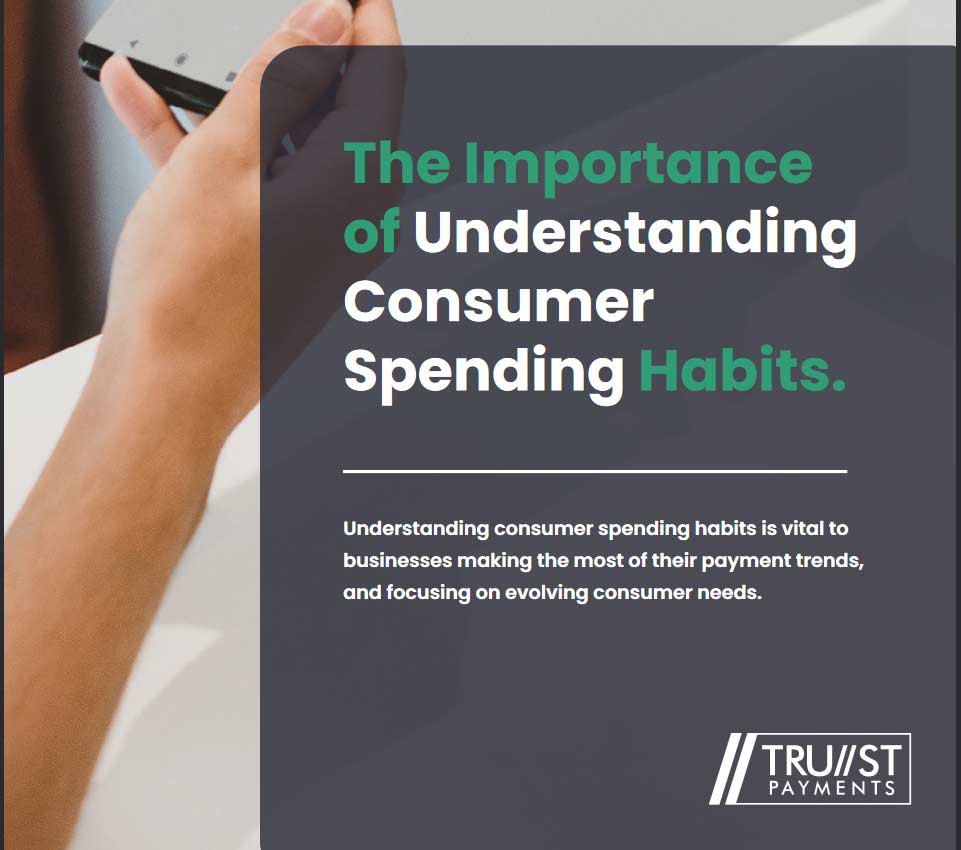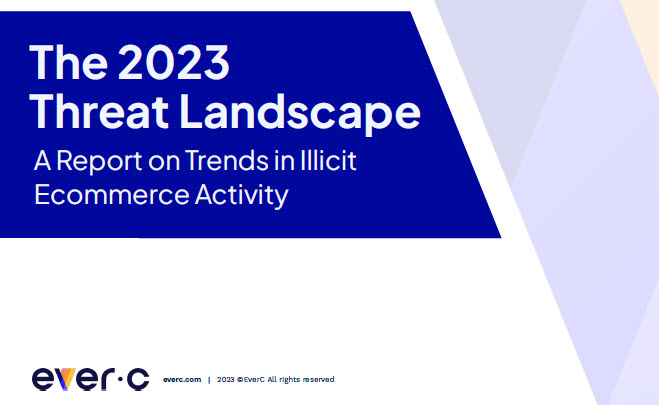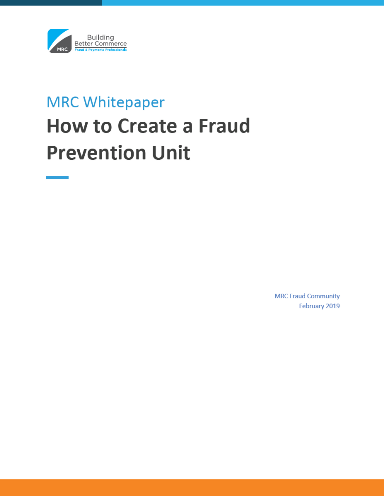Payments Analytics: Being Led by the Science
Numbers and statistics don’t lie. But bad analysis can lead to wrong interpretation – and bad decisions.
Big data, bigger potential
Our lives are heavily subjected to statistical analysis. Google knows more about us than we can remember about ourselves. There are many examples from the performance sports world, such as Optima, which enables football coaches to understand the performance of their teams and opponents’ players with hard data. The analysis impacts team selection, tactics, transfer policy and more. Netflix is another good example; it uses big data analytics in understanding users for targeted promotions. With over 150 million subscribers, the company analyses behavioural data to create exceptional user experiences.
It is quite evident from the examples above that data has tremendous potential and the real value does not come from the information collection; It comes from the ability to use that information to uncover new insights – and using those insights to arrive at better business decisions.
Retailers analyse data about their product sales, volume of returns, customer reviews, item margins, colour preferences, pricing, competition. And when selling online, statistics are gathered and analysed to understand how people find the products they are looking for; how many customers leave without adding the item to their basket, how many people abandon their basket and so on. Analysis leads to changes in an effort to optimise flow through the shopping funnel.
At the last stage comes the payment. Online retailers will know how many shoppers who enter the checkout process actually complete their payment. But how many analyse the payment process itself to understand what lies behind it? What causes some payments to not complete successfully? What can be done to improve that; to get more shoppers converted to customers?
Payments analysis can tell you a lot more
Retailers know so much about their business. There is a huge focus on data to improve customer experience, maximise basket size and optimise conversion. But detailed analysis of that final step is so often missing. Payments are still seen as an individual last step in the process, even though every individual transaction generates a treasure trove of data insights.
Improvement on customer payments acceptance cannot be achieved just by seeing the volume of approved and declined payments; it’s the “why” that’s the important part. That’s where payments analytics comes in, which provides the statistics to deliver answers to the “why” and identifies patterns such as how well an acquirer performs against another – and if that varies by card type and for domestic versus international cards. Maybe the merchant category code impacts the approval rate; maybe customers in certain circumstances need to be encouraged to use a different payment method? Could it be that the 3DS process caused too many dropouts or SCA exemption management is delivering no reduction in checkout friction? Maybe some acquirers are more sensitive to fraud risk; maybe the transaction amount has an impact on acceptance or perhaps some card issuers enforce SCA more stringently?
Maybe it’s some or all of these things and sometimes a combination – or maybe none. Retailers may have a hunch, but accurate decisions are under-pinned by evidence. Effective payments analytics can find the problem, help to address the issue and turn hypothesis into fact.
There is also a dire need to move from using data for detecting to proactively preventing payment failures, especially false declines (According to a report by Aite Group, losses due to false declines are projected to reach $443 billion by 2021—nearly 70 times more than losses from fraud itself) to reduce checkout abandonment, increase conversions and orchestrate better customer journeys.
It is a subject that is all important and not to be ignored. Once the data reveals an issue, it may well be something that can be fixed or improved promptly. A small percentage enhancement in fraud performance and/or payment acceptance can have a dramatic impact on the bottom line; more converted customers, improved customer experience leading to more repeat business, fewer customer support calls and improved customer reviews.
There’s much more that can be analysed about payments: do more card payments get rejected before typical end-of-month pay-days? Will promoting Buy-Now-Pay-Later schemes at that time make a material difference to payment acceptance? Which cardholders paying in-store only do so when there is a promotion?
These questions can only be answered when payment analytics can do the following:
- Combine payments data from different channels – Instore, online and mobile
- Present a holistic picture of your payments environment
- Able to drill down or slice and dice data to focus or highlight specific areas of business.
- Create custom graphs and visualisations which are easy to create, simple to understand and can be configured as per the specific needs of your teams.
Payments analytics is an important investment for retailers to achieve competitive advantage, maximise sales, reduce the cost of operation and drive customer retention. They already have data at their disposal – it is only about ensuring that they implement an appropriate payment analytics system (ideally, as a part of their omnichannel platform) that can handle analysing the huge data and presenting it in a meaningful way, transforming it into profitable opportunities.
If this piqued your interest, and you want to uncover the hidden patterns, correlations, and insights from your payments data, read more about ACI Worldwide’s Omni-Commerce Payment Analytics or contact our Merchant Payment Experts .









